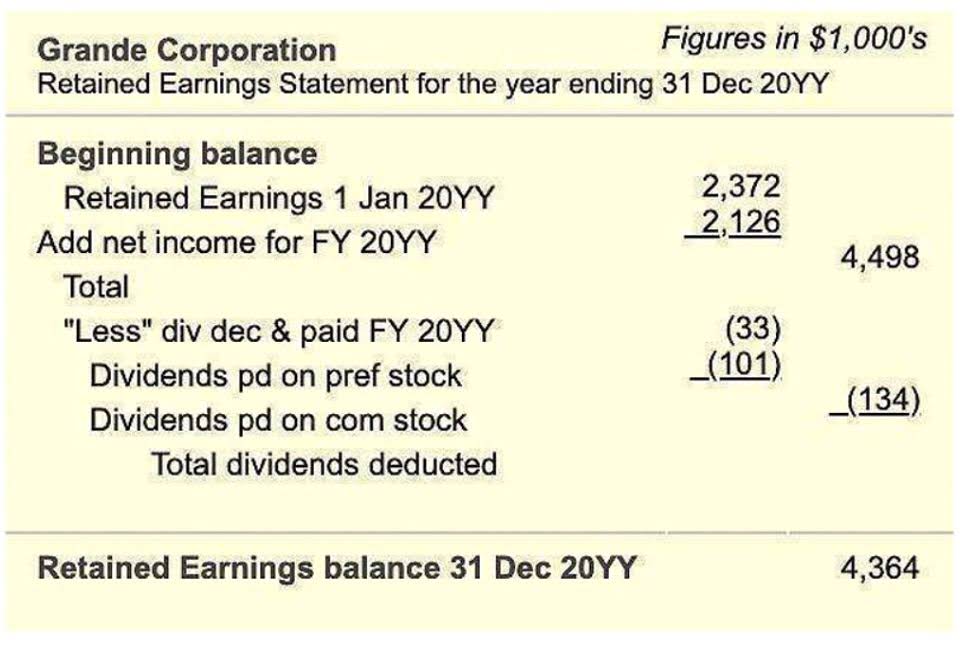
Multi-entity accounting requirements are required of multi-entity groups and conglomerates. These requirements include intercompany eliminations, foreign currency consolidation, and other intricate accounting considerations that must be made at the end of each month. Multi-entity organisations and conglomerates must comply with multi-entity accounting standards. It can be, to put it mildly, intimidating to stay updated with multi-entity accounting. The business acts as the parent company and is responsible for contending with the varied workflows of its entities’ accounting processes.
Multi-Entity Accounting: Spend Management Across Entities

Multi-entity companies are referred to in accounting as parent, conglomerate, or holding company. Invest in the future of your financial management—discover how Xledger can redefine efficiency for your multi-entity organization today. It’s time to explore the extensive capabilities of Xledger and revolutionize how your business approaches multi-entity accounting.
The Best Accounting Software For Multiple Entities

Businesses that assign various teams to do activities like data input, approval, and reconciliation may also find it beneficial. You can design uniform charts of accounts for the many business entities in your company using accounting software. With more accounting processes in place, CEOs have to spend more time managing them, regardless of the size and personnel of the company. Work on strategy and other business-related tasks can be done more efficiently when software centralises and coordinates activities. The complexity of tax relief and regulations increases as businesses expand into new regions.
Consistent Chart of Accounts
- With multi-entity accounting, the startup consolidated financial reports across all subsidiaries, automated currency conversions, and ensured compliance with local tax codes.
- Whether it’s generating individual entity reports or consolidated financial statements for the entire organization, Sage Intacct provides clarity and detailed insight into financial performance.
- For the sake of CFOs everywhere, let’s break down exactly what multi-entity accounting is, why it’s so challenging and how multi-entity accounting software can make things that little bit simpler.
- These articles and related content is not a substitute for the guidance of a lawyer (and especially for questions related to GDPR), tax, or compliance professional.
- ERPs can restrict access to certain accounts based on role, geo, or entity to ensure users are limited to the relevant parts of their general ledger to simplify their reporting and prevent accidental cross-posting.
It consolidates the financial records of multiple business units, subsidiaries, or divisions under a single umbrella, typically managed by a parent company. This comprehensive approach allows for a unified view of the entire business landscape, ensuring transparency and accuracy in financial reporting across the organization. Key features to look for in multi-entity accounting software what is multi entity accounting depend on the specific needs of your organization. For businesses requiring a comprehensive view of their operations, consolidated financial reporting is invaluable. This feature brings together data from various entities into a single dashboard, making it easier to identify trends, compare performance, and prepare accurate reports for stakeholders. Your business may overcome numerous obstacles, increase efficiency, and improve visibility at the entity and corporation levels by finding the best multi-entity accounting software.
- Tipalti is a time-tested AP automation system used by over 3,000 satisfied high-growth small, medium-sized, and larger business customers.
- To continue growing, I was looking to adopt holistic and scalable solutions that integrated with our ERP, NetSuite.
- In today’s competitive business landscape, expanding into new markets is a valuable way of driving growth.
- Manage payroll and HR, accounts receivable and getting paid, accounts payable and paying bills, and marketing to get and engage customers, all in the suite.
- Accounting software for many entities synchronises with the accounts payable systems of each entity, enabling centralised management of payments and approvals.
- The temporal method applies when a foreign entity’s operations are closely tied to the parent company.

A comprehensive solution should empower users to retrieve financial data quickly and accurately, facilitating timely and informed decision-making at all levels of the organisation. Multi-Entity Accounting becomes a necessity in harmonising these diverse elements into a coherent financial system. It ensures that each entity can operate autonomously within its local context and niche while providing the parent company with the tools to consolidate financial data seamlessly.
Whether you’re working with domestic or international clients, paying freelancers or suppliers, or… A CPA with more than 10 years of varied public and private accounting experience, Ben has led many complex financial projects to successful outcomes. If you have a specific request or want to implement a custom workflow, SoftLedger is highly flexible and about 95% of the platform is fully programmable via API. Until recently, consolidating legal entities was a laborious, manual process that often took days or even weeks to complete.
- Overall, if you are looking for a way to more precisely and comprehensively track the performance of your multi-entity business, a system that supports dimensional accounting may be the solution for you.
- AI-driven Tipalti Pi capability (that’s also integrated with ChatGPT) lets you ask questions to gain business intelligence by entity and corporation to make better decisions.
- Multi-entity firm arrangements can be very complicated, which makes accounting challenging at times.
- Besides small businesses, QuickBooks Enterprise Desktop is used by some medium-sized businesses that can still meet QuickBooks’ number of users limits and find that its multi-entity capabilities are adequate for their needs.
- Likewise, a small organization that operates just one location could also engage in single-entity accounting.
- Dealing with disparate payables entities is a recipe for control and reconciliation issues.
Handling multi-currency and tax implications

This is especially true if the units use different accounting software, manage transactions in multiple currencies, or are subject to different accounting standards. This only becomes more challenging as an organization grows and adds more units through acquisitions or other expansion methods. When each entity has its own accounting system, it’s necessary to run and send separate accounting reports for each set of rules. If the CFO needs to prepare five tax returns and a dozen public financial statements all under different rules, it’s simply a matter of selecting the right option when running the report. There’s no need to ask each entity to run multiple reports or to manually make adjustments to the provided numbers. An organization may be structured to have a procurement division that obtains supplies and materials then sells them to its other operating divisions.
How to Choose the Best ERP for Your Business
An automated multi-entity accounting system helps to streamline the financial reporting process for large and growing companies. With multi-entity accounting software, all that data is already gathered in one place. A project that previously might have taken days of waiting to finish now takes a few minutes to set the parameters for the desired report. Simplify complex petty cash operations with multi-entity management, custom roles and permissions, and automated revenue recognition. Make faster decisions with multi-dimensional reporting and deeper insights in real time. By identifying the root cause of performance issues, dimensional accounting can help business owners make more informed decisions about where to allocate resources in order to improve financial outcomes.
They’d follow a month-end checklist and share what they’ve spent, what they’ve made and what their profit is. Ultimately, multi-entity accounting is so challenging because it takes time and effort to get real-time, accurate and easy-to-interpret financial data. Within a multi-entity business, each unit may have completely unique operations, structure, and financial goals, meaning they might handle accounting processes differently from one another. A multi-entity accounting system helps address this challenge, providing large, complex organizations with better visibility and insights into the general company Bookkeeping for Etsy Sellers and each of its entities.

Comentarios recientes